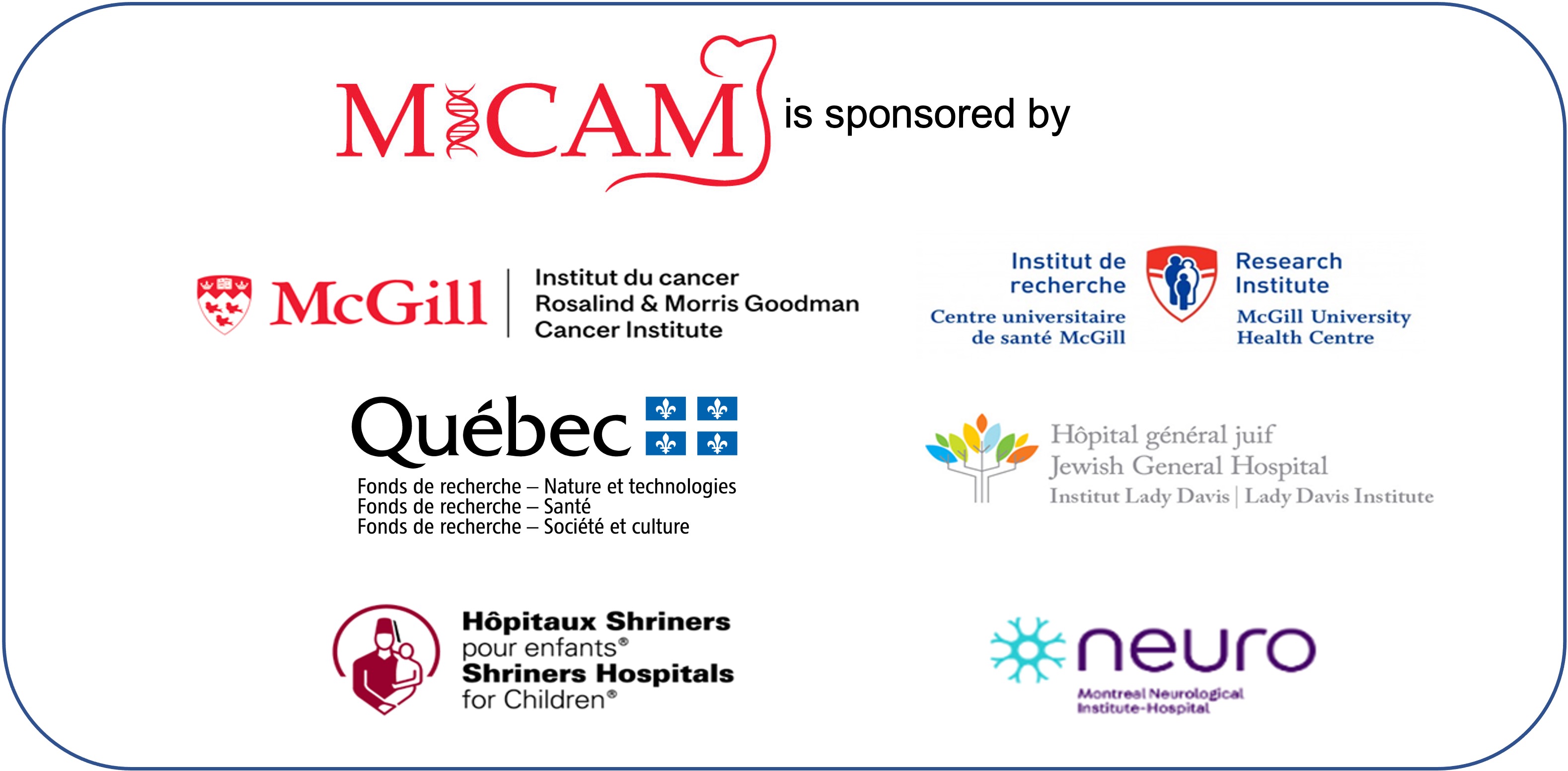 Mouse models of human disease are an invaluable research resource in the medical research community.
Mouse models of human disease are an invaluable research resource in the medical research community.
At the McGill Integrated Core for Animal Modeling (MICAM), we offer various services related to animal model generation and maintenance.
In operation since the early 1990s, originally under the direction of Dr. Michel Tremblay, the MICAM facility has been providing high-quality services to researchers at McGill, in Montreal and across Canada, for over 30 years.
Since 2010 under the direction of Dr. Yojiro Yamanaka, we are constantly updating our methods and techniques and developing new technologies to respond to various demands from our researchers.
Contact us
Platform Manager: Mitra Cowan
Tel: 514-398-7238
Email: micam [at] mcgill.ca

Cryopreservation and Recovery
Sperm Cryopreservation
Protect your precious mouse lines against loss from unforeseen accident, disease or infertility due to aging.
• Requires only 2-3 males, 20-30 samples are stored
• Inexpensive and rapid
• Can use frozen sample for speed expansion or genome editing via CRISPR
Sperm and embryo cryorecovery
• Can recover samples from in house or external sources
• Excellent way to transfer out mouse lines or receive mouse lines from other labs
Mutant Mouse Models
- CRISPR/Cas9 mediated genome editing
- Chimeric mouse production
- Transgenic mouse production via pronuclear microinjection
CRISPR/Cas9 mediated genome editing
• Total gene KO in one generation with 50 - 100% efficiency
• Point mutations, add tags, or make small deletions (frequency 10-30% in one generation)
• Generate conditional KO alleles (no ES cells, no complicated targeting constructs)
• Targeted knock-ins (GFP, Cre etc)
Chimeric mouse production
• Recover GM mice from modified ES cells (eg.condtionals from consortiums)
• Test pluipotency of iPS cells
• Generate genetically mosaic animals
• Tetraploid complementation
Transgenic mouse production via pronuclear microinjection
• For large gene insertions, choose the traditional method of transgenic mouse production
• Random integration of multiple copies of your transgene resulting in overexpression.